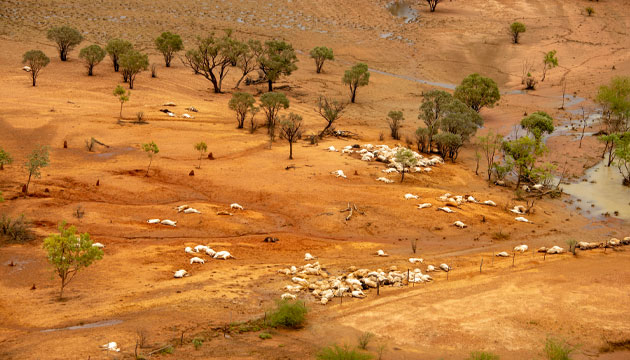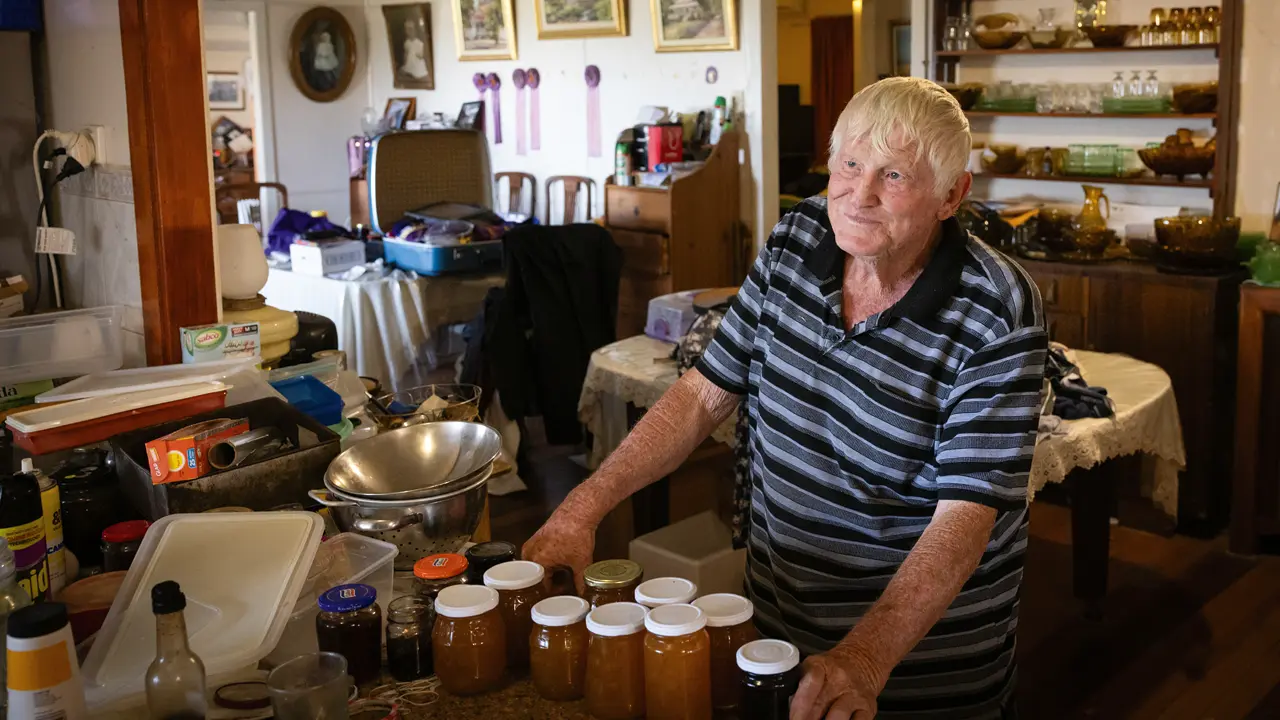Australians have quickly rallied to help Queensland farmers devastated by the February floods. But there’s a lot more to do.
Story Ken Eastwood Photo Jacqueline Curley
Tahnee Oakhill is in tears as she describes one of many “soul-destroying” moments after intense rain and cold winds in early February killed 750 of her family’s 1000 head of cattle on Bernfels station, 70 kilometres north-west of Winton, Qld. Unable to assess the damage from the ground because of the deep and impassable blacksoil mud, her husband Ross was offered an aerial assessment by his helicopter-flying neighbour. “He came back and said, ‘I just stopped counting the dead and started counting what was alive’,” Tahnee says. “He didn’t even see the whole property. He just said, ‘I’ve seen enough, take me home’.”
After six years of crushing drought, a small amount of rain in 2018 had given Tahnee and Ross hope that things would improve. While Ross was working seven days a week as a contractor using earth-moving equipment to keep money coming in, the couple bought 450 steers to take advantage of the little bit of green grass. When rain started in late January, they were stoked. But the rain didn’t stop, and the combination of almost two years of rainfall in two weeks, plus completely out-of-season temperatures of 15–18°C and cold winds, meant the cattle piled up in paddock corners trying to get away from the wind, crushing each other and unable to move in the thick mud. “There were severe winds that hammered us day and night and we think that’s what caused most of the damage to the stock,” Tahnee says. “Towards the end of the second week, we attempted to get some hay out of the shed for the stock. We couldn’t use machinery so we walked. Just moving hay 20 or 30 metres in that knee-deep mud was exhausting, and we were sweating as well as shivering. And the cattle had been doing that for six days.”
By the time the rain and wind stopped and they were able to drop in dry fodder, many of the remaining stock were sick with pneumonia. “We were shooting 5–10% of what was left every day, which was probably the most gut-wrenching,” Tahnee says. “They were standing beside fresh water and dry feed.
“We spent days shooting dying roos and cows around the homestead. Our kids are 7 and 10 and they were watching it. It can’t be good for them to see that.”
Nationwide, people and organisations have rushed to support the farmers severely affected by the flooding rains. Unlike the long-term sapping effects that drought causes on morale and financial security, the floods, which devastated areas twice the size of Tasmania south of the Gulf of Carpentaria, saw in some cases 90% or more of people’s stock lost in a few days, with estimates of total stock losses being upwards of half a million animals.
Help and be helped
Contact the following organisations to donate money, volunteer or receive help.
This story excerpt is from Issue #124
Outback Magazine: April/May 2019










